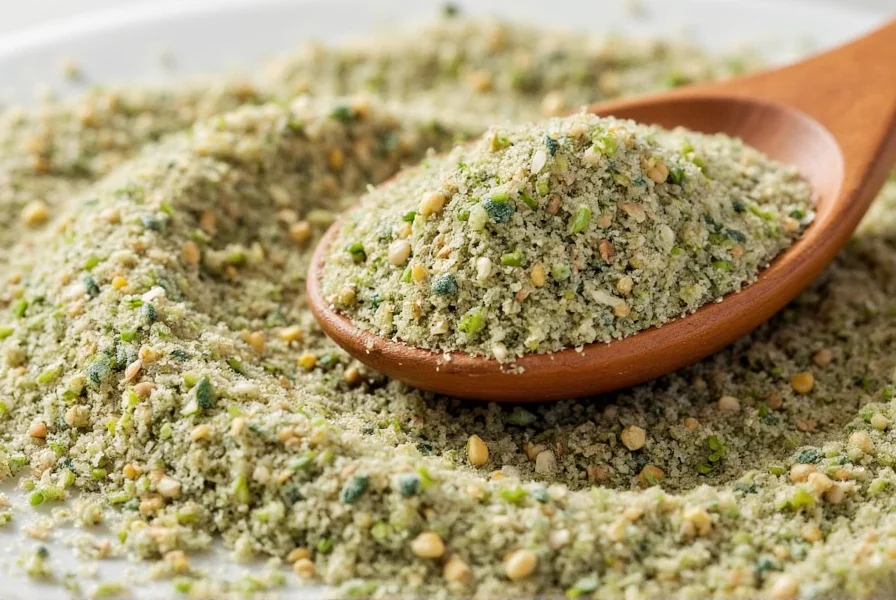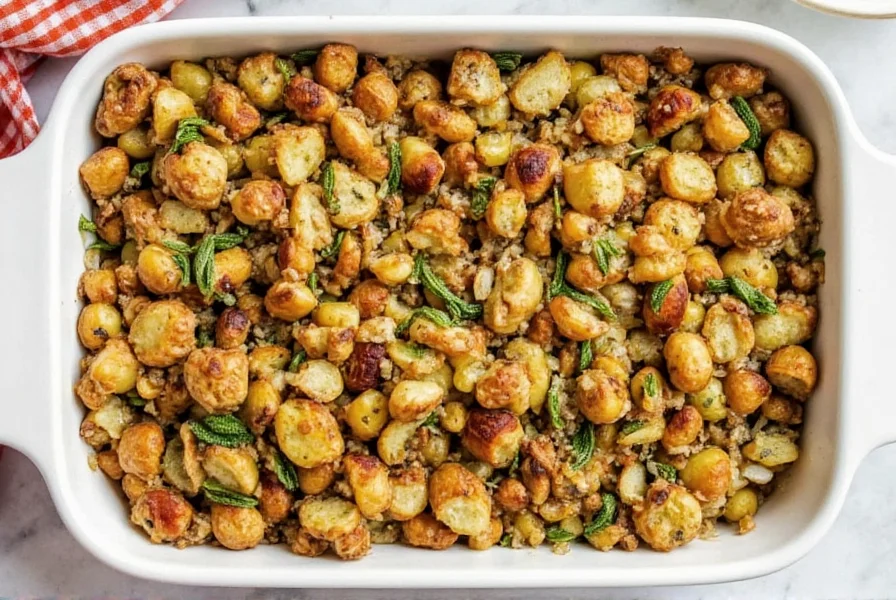Rubbed sage represents one of the most versatile preparations of this ancient culinary herb. When you buy rubbed sage, you're getting dried sage leaves that craftspeople have gently rubbed between their fingers to separate the leaves from the stems and create a light, airy consistency. This traditional preparation method dates back centuries and remains popular among professional chefs and home cooks alike.
What Exactly Is Rubbed Sage?
The process of creating rubbed sage begins with harvesting fresh sage leaves at their peak potency. After careful drying, artisans rub the brittle leaves between their palms, causing the leaves to break apart while the sturdier stems remain intact. This manual technique produces a distinctive texture—lighter than ground sage but more concentrated than whole leaves.
Understanding what is rubbed sage requires recognizing its unique physical properties. The resulting product appears as soft, almost feathery fragments that retain much of the leaf's original structure. This texture allows for even distribution in dishes while preserving more of the herb's volatile oils compared to finely ground alternatives.

Rubbed Sage vs Ground Sage: Key Differences
Many home cooks wonder about the rubbed sage vs ground sage distinction. While both come from the same plant (Salvia officinalis), their preparation methods create significant differences:
| Characteristic | Rubbed Sage | Ground Sage |
|---|---|---|
| Texture | Fluffy, light fragments | Fine powder |
| Flavor intensity | Milder, more nuanced | Stronger, more concentrated |
| Shelf life | 6-12 months | 3-6 months |
| Best uses | Dusting on meats, mixing into stuffings | Sauces, marinades, spice blends |
When deciding between these two preparations, consider your recipe's requirements. The rubbed sage substitute question often arises when cooks don't have this specific form on hand. While you can substitute ground sage, use only half the amount since its flavor concentrates more intensely.
Culinary Applications of Rubbed Sage
Chefs prize rubbed sage for its ability to distribute evenly without clumping. This makes it perfect for:
- Thanksgiving stuffing - The fluffy texture integrates beautifully with bread cubes
- Poultry seasoning - Adheres well to chicken and turkey skin
- Italian brown butter sauces - Crisps perfectly when fried in butter
- Vegetable roasts - Evenly coats root vegetables before roasting
- Sausage making - Distributes consistently through meat mixtures
When working with how to use rubbed sage in cooking, remember that less is often more. This herb has a distinctive earthy, slightly peppery flavor that can dominate if overused. For most dishes, start with 1/4 teaspoon per serving and adjust to taste.
Storage Recommendations for Maximum Freshness
To preserve the delicate flavor of rubbed sage, proper storage proves essential. Exposure to light, heat, and moisture rapidly degrades its quality. Follow these guidelines for how to store rubbed sage:
- Keep in an airtight container away from direct sunlight
- Store in a cool, dark cupboard (not above the stove)
- Never store near heat sources or in the refrigerator (moisture damages dried herbs)
- Check for freshness by rubbing a small amount between fingers—if aroma remains strong, it's still good
Properly stored rubbed sage maintains peak flavor for 6-12 months. After this period, while still safe to consume, the herb gradually loses its aromatic complexity and potency.
Popular Recipes Featuring Rubbed Sage
Understanding best recipes with rubbed sage helps home cooks maximize this herb's potential. Traditional applications include:
Classic Thanksgiving Stuffing: Combine 2 tablespoons rubbed sage with 8 cups cubed bread, 1 diced onion, 2 diced celery stalks, 2 cups broth, and 1/2 cup melted butter. Bake until golden brown.
Sage Brown Butter Sauce: Melt 1 cup butter over medium heat. When foaming subsides, add 1 tablespoon rubbed sage. Cook until butter turns golden and sage becomes crisp. Perfect for pasta or fish.
Herb-Roasted Chicken: Mix 1 tablespoon rubbed sage with 2 teaspoons salt, 1 teaspoon black pepper, and 2 minced garlic cloves. Rub under and over chicken skin before roasting.

Frequently Asked Questions
Can I make my own rubbed sage from fresh leaves?
Yes, you can create homemade rubbed sage by thoroughly drying fresh sage leaves (either air-dried or using a dehydrator), then rubbing the brittle leaves between your palms over a bowl. The leaves will crumble while stems remain intact. This DIY method produces exceptionally fresh rubbed sage but requires proper drying conditions to prevent mold.
What's the conversion ratio for fresh sage to rubbed sage?
The general conversion is 3:1—use three times as much fresh sage as rubbed sage. For example, if a recipe calls for 1 teaspoon rubbed sage, substitute with 1 tablespoon chopped fresh sage. Remember that fresh sage has higher moisture content and slightly different flavor notes than dried.
Does rubbed sage have any health benefits?
Like other sage preparations, rubbed sage contains antioxidants and compounds with potential anti-inflammatory properties. Traditional culinary use typically involves small amounts primarily for flavor rather than therapeutic purposes. As with any herb used in cooking, it contributes to overall dietary diversity which supports general wellness.
Where can I find high-quality rubbed sage?
Look for rubbed sage in the spice aisle of well-stocked grocery stores, specialty food markets, or reputable online spice retailers. Quality products should have a vibrant green color (not brownish), strong aromatic scent when container is opened, and no visible stems or debris. Organic options often provide superior flavor and purity.
Why does my recipe specifically call for rubbed sage instead of ground?
Recipes specify rubbed sage when the chef wants even distribution without overpowering intensity. The lighter texture incorporates more uniformly into dishes like stuffing or on poultry skin. Ground sage would create concentrated pockets of flavor and potentially make the dish taste bitter if not mixed perfectly. The texture difference significantly impacts the final dish's flavor profile and appearance.










 浙公网安备
33010002000092号
浙公网安备
33010002000092号 浙B2-20120091-4
浙B2-20120091-4